
Is Wall-to-Wall Carpet the Right Choice for Your Next Design Project
What Is Wall-to-Wall Carpet?
Wall-to-Wall Carpet vs. Carpet Tiles
Designing Your Wall-to-Wall Carpet: Factors to Consider
Considering Acoustics When Designing Your Wall-to-Wall Carpet
Sustainability and Your Wall-to-Wall Carpet
How to Select Wall-to-Wall Carpet for Your Next Project
Understanding Wall-to-Wall Carpet Certifications and Classifications
Wall-to-Wall Carpet Trends and Design Inspiration
Getting Ready for Your Wall-to-Wall Carpet Project
Wall-to-Wall Carpet Maintenance
How Much Will My Wall-to-Wall Carpet Cost Me?
Is Wall-to-Wall Carpet the Right Choice for Your Project?
As a designer or architect, you know your choice in flooring is an important one. There are countless resources chronicling the importance of paint choice and lighting — of course, these are important choices too — but perhaps the most important piece of the puzzle is your flooring.
With instant transformative abilities, your flooring, whether it being wall-to-wall carpets or other types of carpets, can make or break a project. Think about it; the floor is your first physical interaction with
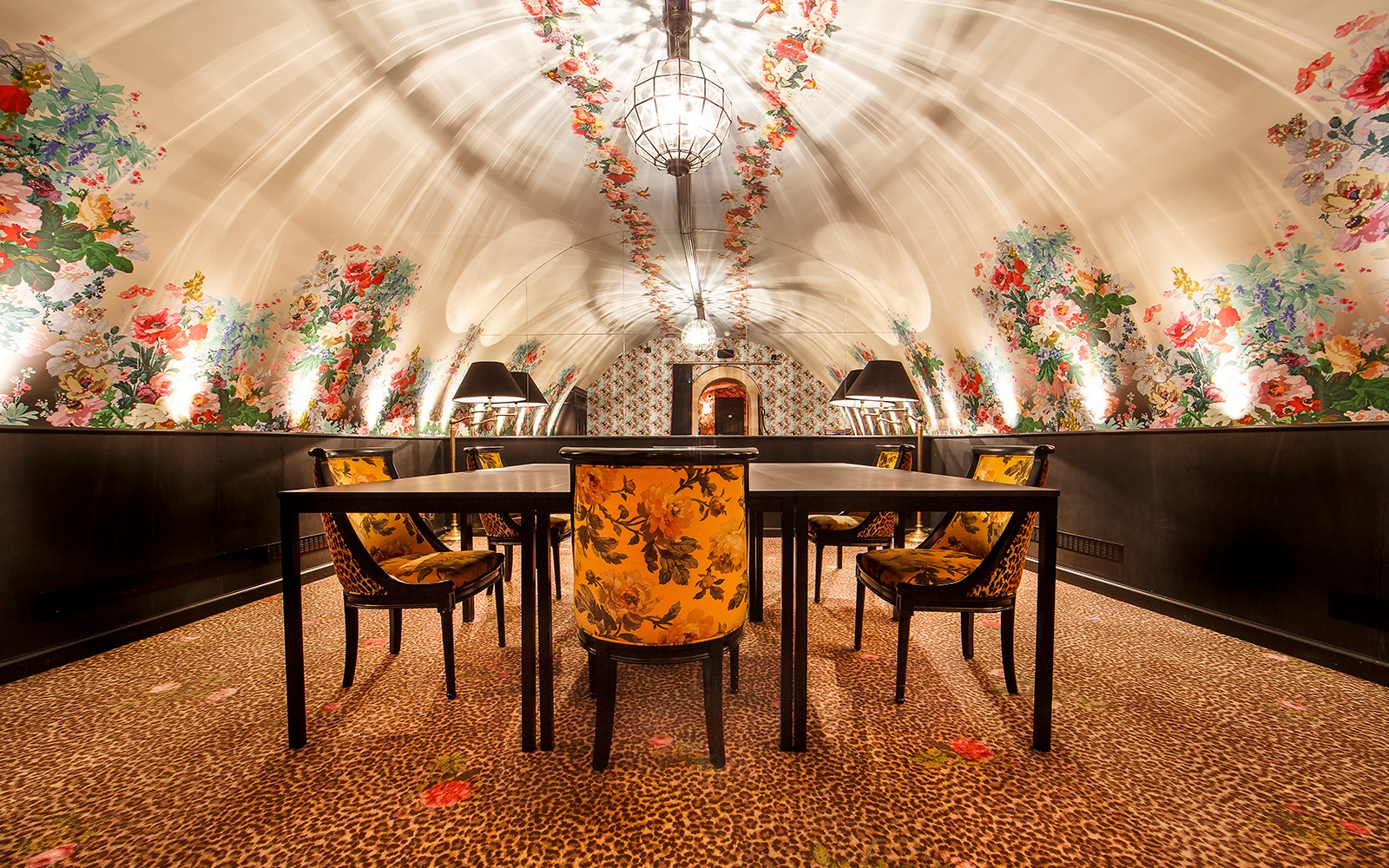
With wall-to-wall carpets, you won’t go wrong. The advantages of carpets are many. For one, wall-to-wall carpets offer many practical benefits, such as superior comfort, attractive acoustic
Above this, though, wall-to-wall carpets can be a vehicle for expression. Carpet design can be likened to storytelling. Through your carpet selections and the way you employ them, you set the mood of a space, creating an environment that tells occupants how
Your selection of wall-to-wall carpets and accompanying carpet backing - the padded underside of your carpet - can affect the look, feel and
Here are just a few examples of just how a wall-to-wall carpet can affect the atmosphere of a space.
1) FIFA and Coca-Cola using wall-to-wall carpeting to reinforce a brand image:
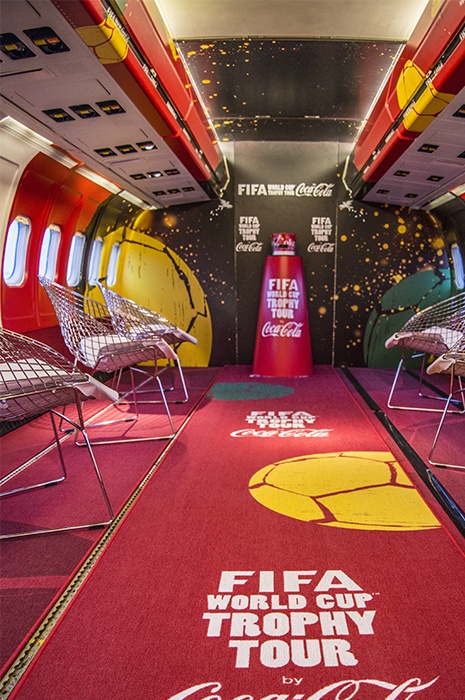
2) It can express the personality of a space. This example is from a wall-to-wall carpet used in a hotel lobby.
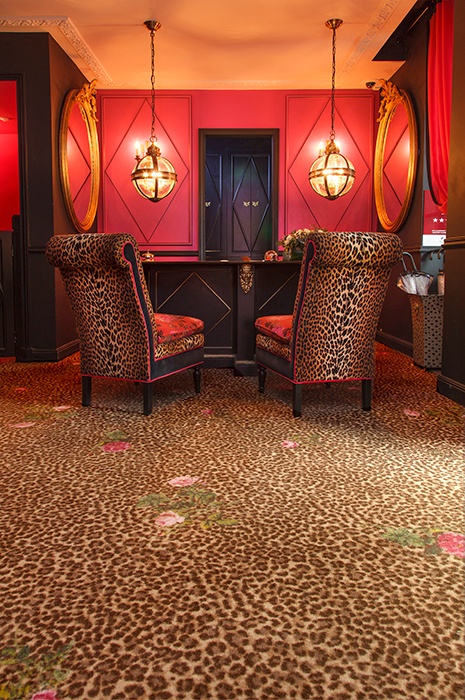
3) It can even allude to the history of a space:

And there’s no better way to do this than with a high-quality wall-to-wall carpet. The following guide will teach you everything you need to know about wall-to-wall carpets and how to use them in your next project. Enjoy!
Wall-to-wall carpets, also known as "fitted carpets" or "broadloom carpets", is a type of carpeting which covers a given space in few pieces – or even one single piece – as opposed to several pieces laid out to create your flooring. This is what creates the seamless look for which wall-to-wall carpeting is known. Wall-to-wall carpets can be designed to stick directly on subfloors, but more often, they’re laid on underfelt over the substrate flooring and attached using small tacks.
Wall-to-wall carpeting earns its title from the way it’s manufactured: in long, wide rolls of carpets. Often thought of as the high-quality solution, wall-to-wall carpets works best for projects with big design ambitions or for large floor surfaces.

With a wide variety of qualities to choose from - which differ in
Some of the many benefits of selecting wall-to-wall carpets for your next project are:
Choosing wall-to-wall carpeting opens up a lot of doors when it comes to styling your carpet. For one, choosing wall-to-wall carpets will give you the largest selection of

Further, wall-to-wall carpets will give you the greatest freedom when creating custom designs, as there are no modular requirements or unsightly seams that will interfere with your design. When it comes to designing your wall-to-wall carpet, the options are seemingly limitless.
Selecting wall-to-wall carpeting means gaining access to a wide variety of different carpet backing and yarn options, allowing for a degree of plushness other options simply can’t offer. This is attractive, not only for underfoot comfort but also because it reduces back pain from standing and absorbs the impact of foot traffic, allowing the
When selecting a carpet, many designers spend their time on choices, such as
Generally speaking, you have two options to choose from: Wall-to-wall carpet, or carpet tiles. There’s no one correct choice between the two, but your budget and the needs of your project will determine which choice is right for you.
Wall-to-wall carpeting is the superior offering with regard to quality and design versatility.
If your project requires custom designs or large-scale patterning, wall-to-wall carpets are certainly the option you’ll want to go with.
With its seamless finish, wall-to-wall carpeting grants you a high degree of creative freedom if you decide to go with a custom design. Only the bounds of the space you’re designing and your imagination set the limit.
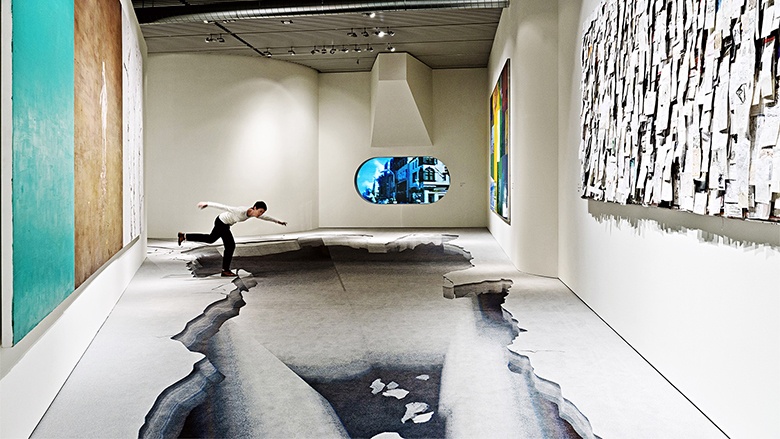
Further, wall-to-wall carpets can achieve a superior underfoot feel to carpet tiles. This is because of the plethora of different carpet backing options and yarn types you can choose from with wall-to-wall carpets that simply aren’t available with pre-backed carpet tiles.
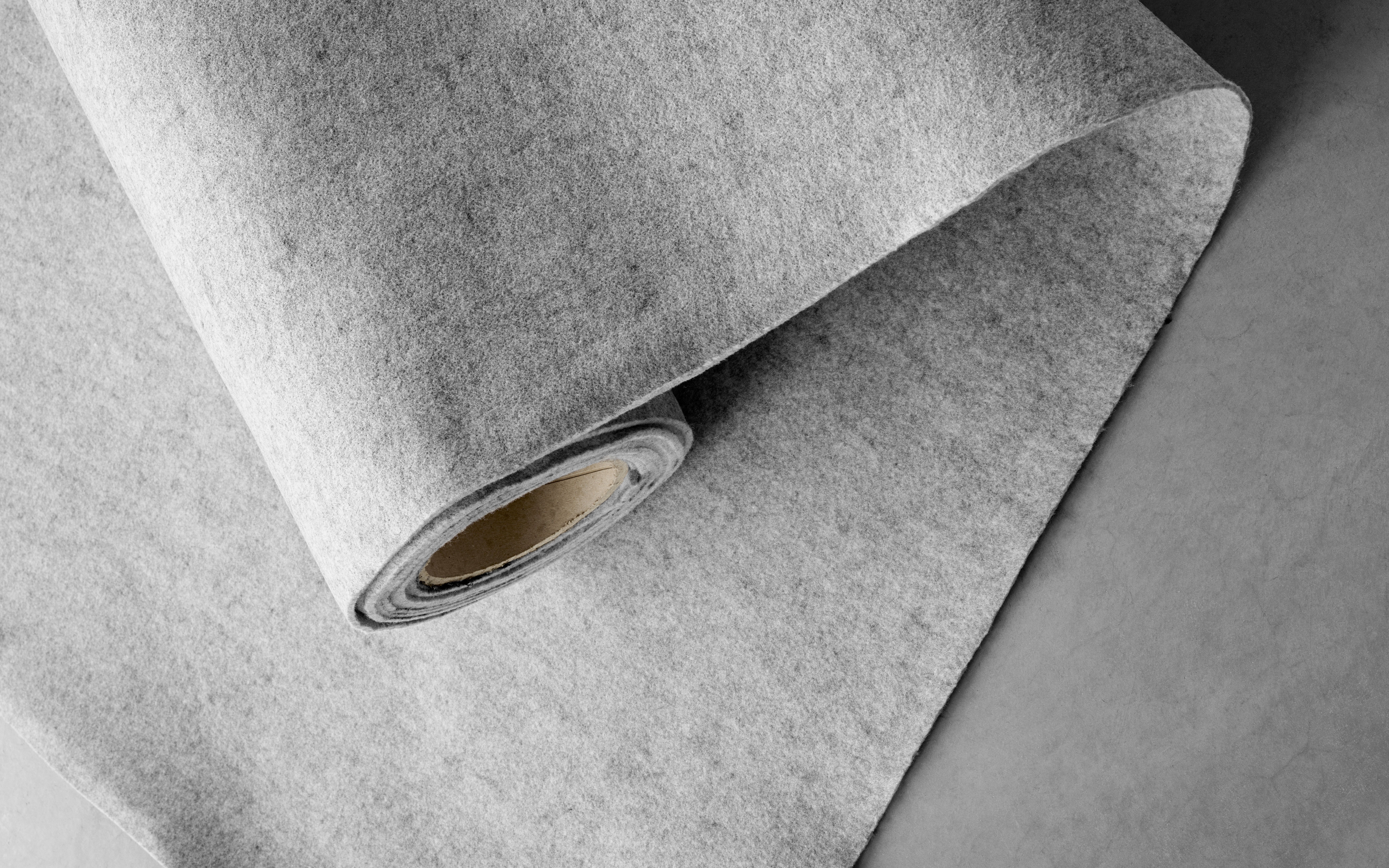
The downside of wall-to-wall carpets, however, comes in the installation phase. Installation of wall-to-wall carpeting, if not properly planned out, can be more demanding and time-consuming than that of carpet tiles. Further, the waste produced in the process is greater. This is because a
The good news is, proper planning and training on the part of you and your carpet installer can keep the waste of wall-to-wall carpets to a minimum.
Carpet tiles are small swatches of carpet that can be installed and combined in many versatile ways. Often referred to as “modular carpet,” carpet tiles are often square, but manufacturers such as E
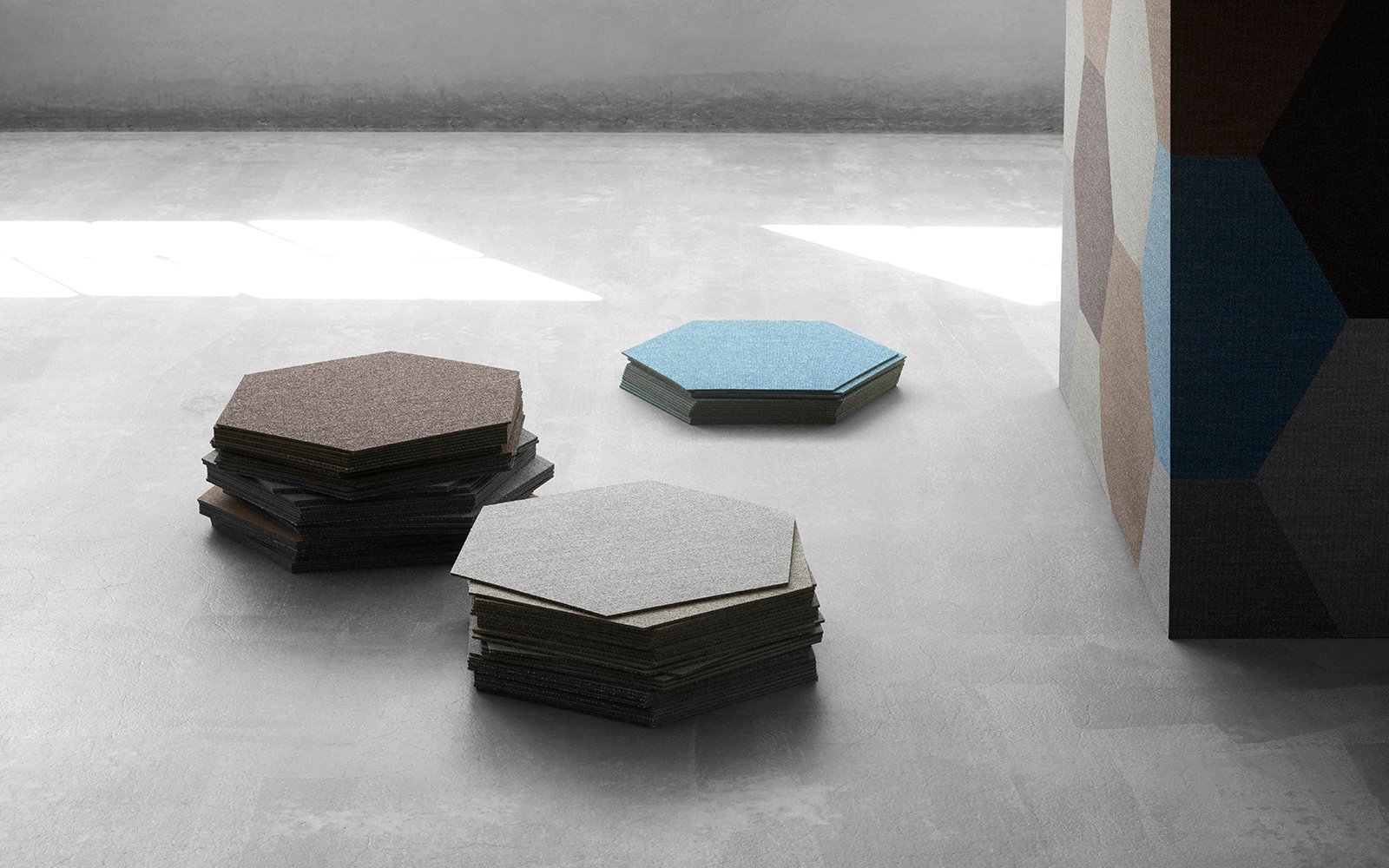
Because of their modularity and small size, they also generate less waste during installation - only 1-3% - but further, are easier to replace when an individual tile is destroyed or stained.
You’ll want to go with carpet tiles if maintenance, cost and timeframe are primary concerns for your project.
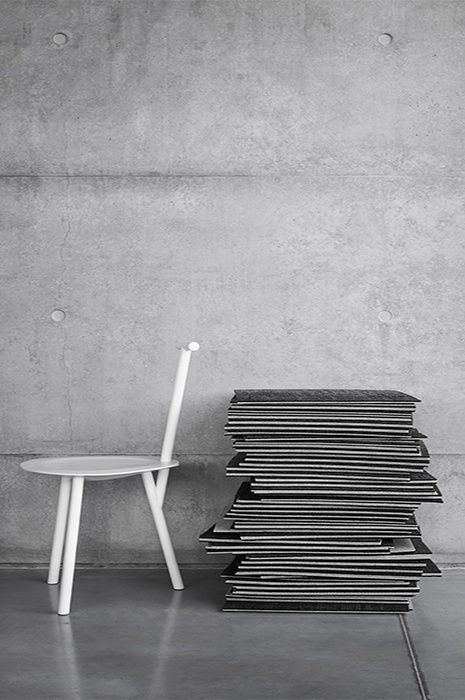
Carpet tiles aren’t without their downsides, though. For one, even when installation is executed perfectly, you’ll always be able to see the seams between tiles. If your objective is to achieve the look and feel of a single piece of flooring, carpet tiles probably aren’t the right choice. Further, because carpet tiles have pre-attached carpet backing, they lack the plush comfort certain wall-to-wall carpets have to offer.
Recent technological advances, however, have enabled carpet tiles to appear more seamless and have given designers more options for designing with them. While they don’t always fit the needs of more complicated or high-end projects, carpet tiles can very often be an attractive option for mid-range or less complicated projects.
If you think carpet tiles might be the right choice for your project, we recommend you consult our comprehensive guide on carpet tiles.
Let’s take a moment to recap: wall-to-wall carpets vs. carpet tiles
Now that you understand a little bit more about carpet type, let’s take a look at the other carpet properties you should consider: carpet construction, styles
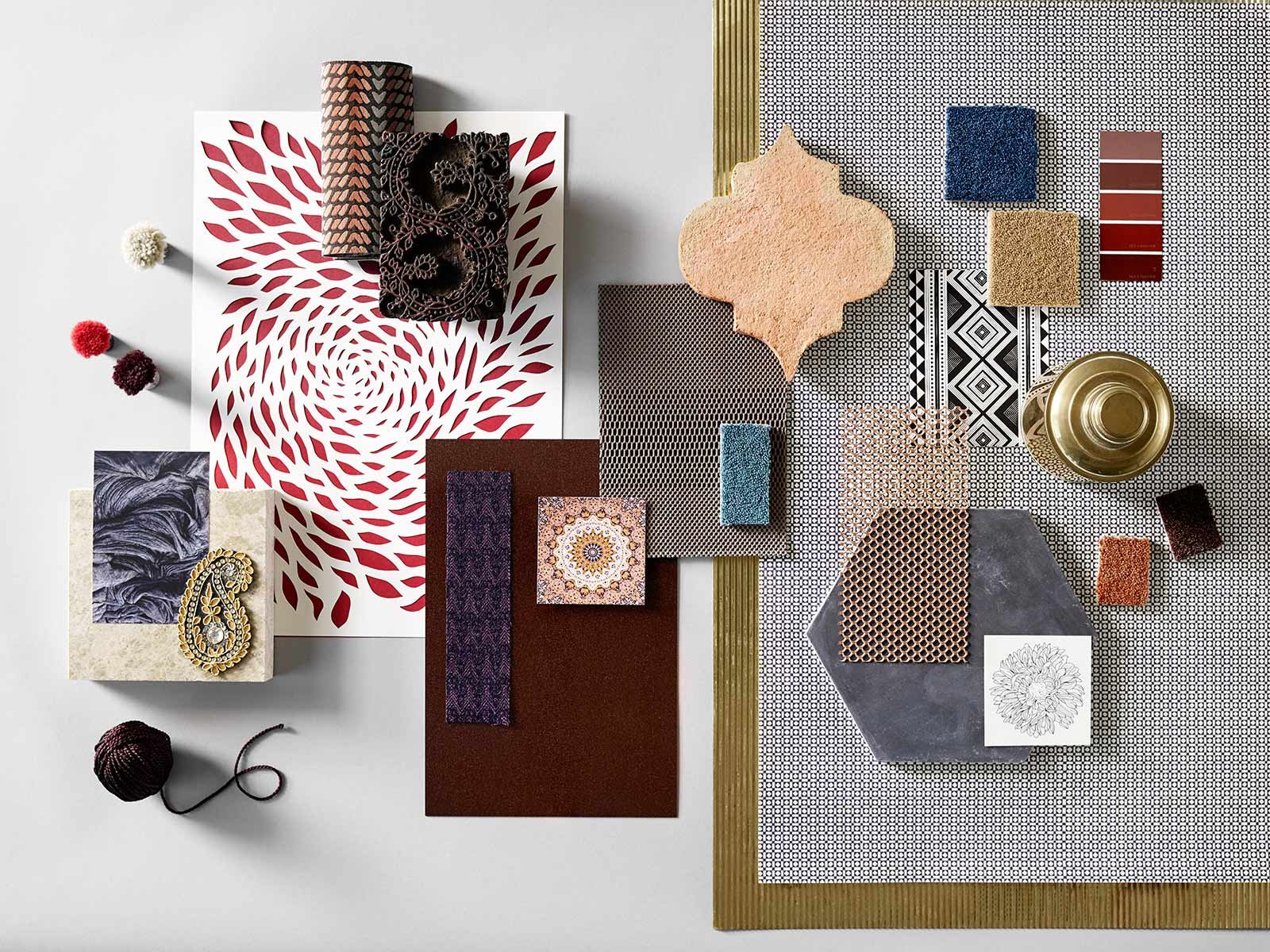
First, you’ll want to consider your wall-to-wall carpet construction. Generally speaking, you’ll choose between three options: tufted, woven or needle punched carpets. While the overwhelming majority of wall-to-wall carpets are tufted, it’s useful when making your selection that you understand your options.
Tufted carpets
Tufted carpets account for 95% of all commercial wall-to-wall carpets on the market and with a fast production time, lower price and a large variety of different designs, it’s no wonder. Tufted carpets are applicable to most projects, but when superior quality and endurance are of top concern, they might not be the best option.
Woven carpets
Woven carpets - or carpets produced on a loom - were the only option on the market a little less than 70 years ago. While technological advancement has provided
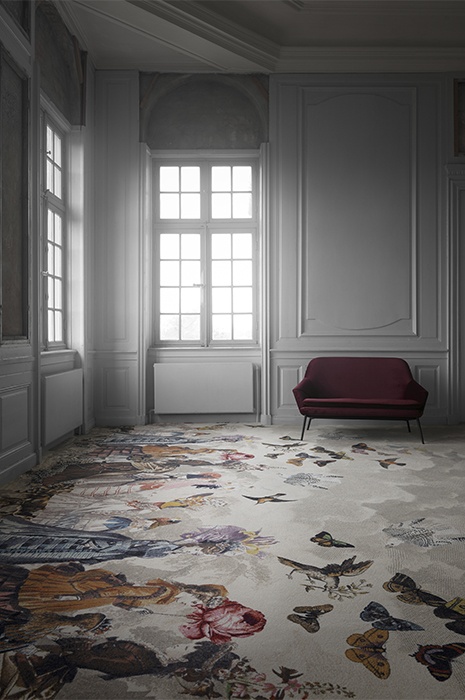
Needle punched carpets
Needle punched carpets, most often used for things like entry mats, are
Beyond carpet construction, another factor that can impact upon the look, feel and performance of your wall-to-wall carpeting is carpet style. Below, we’ll take a peek at two main styles: cut pile and loop pile. While there are a number of variations within these two styles, this overview will be enough to get you started. For a more in-depth look, check out our carpet glossary.
Loop
Loop pile carpeting achieves a soft and smooth look and
Cut
Cut pile carpets achieve a more formal, or luxurious look and often appear darker than loop pile carpets comprised of the same yarn type. Cut pile wall-to-wall carpets are created by cutting yarn loops to create an upright pile.
Cut and loop pile
Cut and loop pile
Finally, you’ll want to consider the kind of
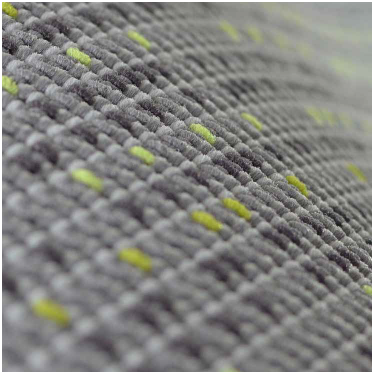
Below we’ll take a look at a few of the more popular
Wool
Wool is generally considered a pricer option. It’s a natural
Polypropylene (Olefin)
Polypropylene is a synthetic
Nylon
Nylon is the more cost-effective option for your wall-to-wall carpet. A
Polyester
Polyester, also known as a less expensive option, is another kind of synthetic
Recycled materials
Considering Acoustics When Designing Your Wall-to-Wall Carpet
A major consideration for many projects is acoustics. For projects such as offices, restaurants, school, hotels, etc.,
The acoustic performance of a carpet, though, is also dependant on the padding, or carpet backing used beneath it. Here at E
For a more in-depth guide on how to
Another

Ege Carpets, for example, offers the ReForm concept, a more sustainable wall-to-wall carpet selection that with many available patterns
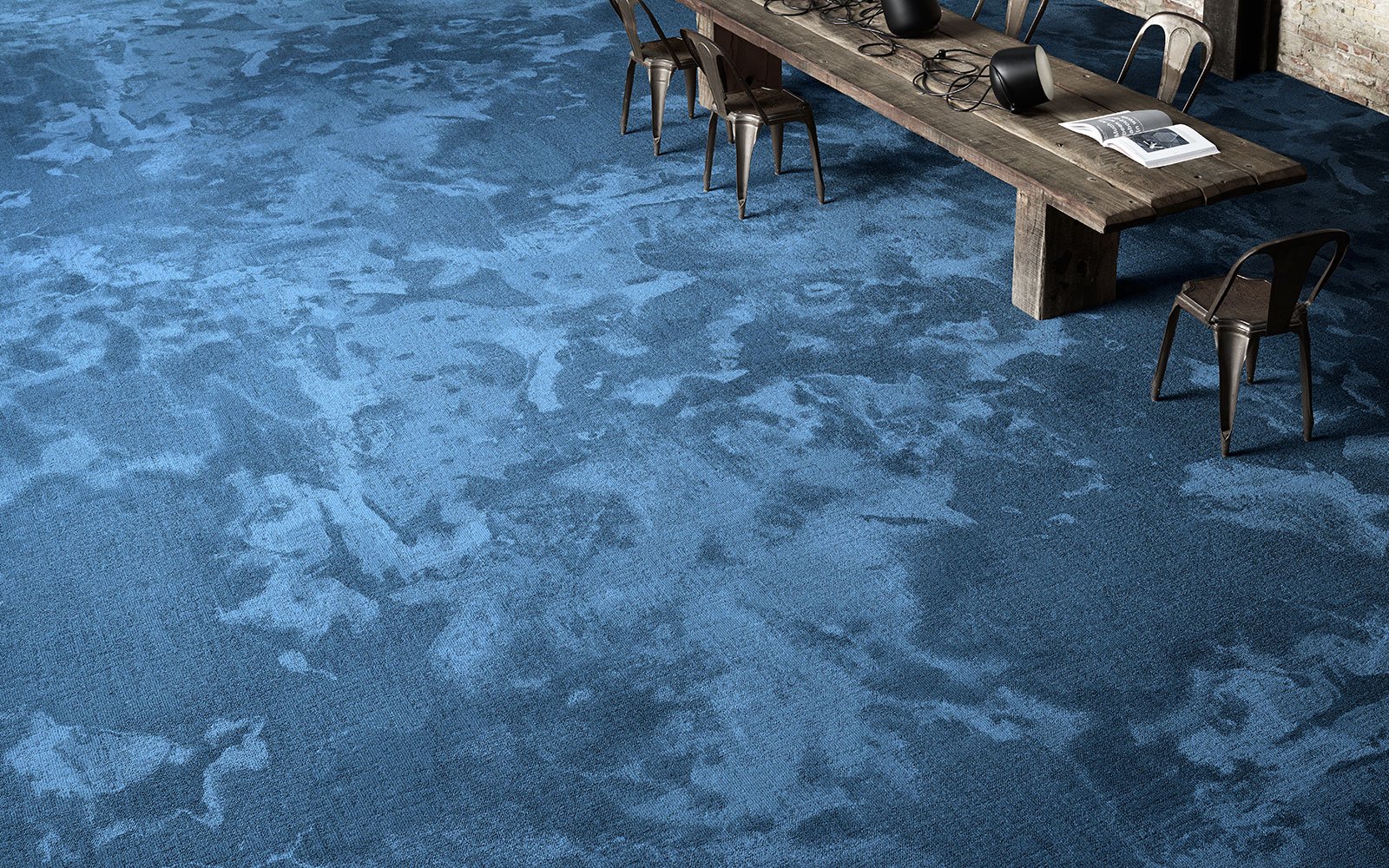
Further, E

The ReForm concept and Rawline Scala Broadloom collection
If sustainability is important for your project, we recommend you check out our article “11 Things You Need to Look For When Talking Carpets and Sustainability” and see the additional ways Ege Carpets addresses sustainability across their product selection.
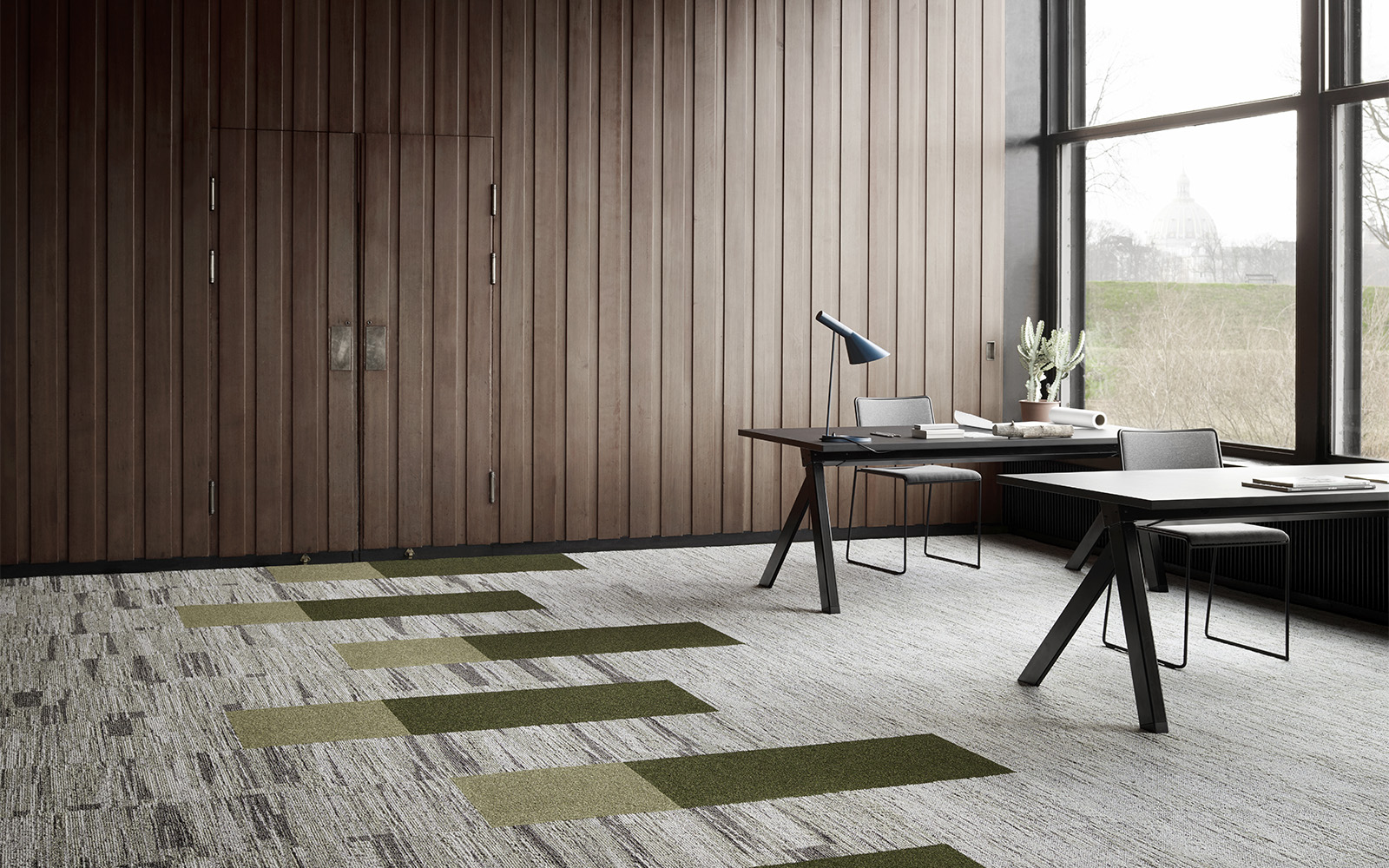
Now you understand the many factors you need to take into account when designing your wall-to-wall carpet. Ultimately, though, your selection and how you
Whether designing for hotels, restaurants, bars or clubs, designing for the hospitality industry means designing for experience. Designing for hospitality means captivating patrons from the moment they enter - and what better way to do this than by designing the surface or carpet they step on to.
Ege Carpets’ Highline concept is a great choice for hospitality projects looking to utilize the many benefits of wall-to-wall carpets. With 9 different tufted qualities and 7 carpet backing options - for sound absorption and increased comfort – Highline seems to have a wall-to-wall carpet option for every hospitality project.
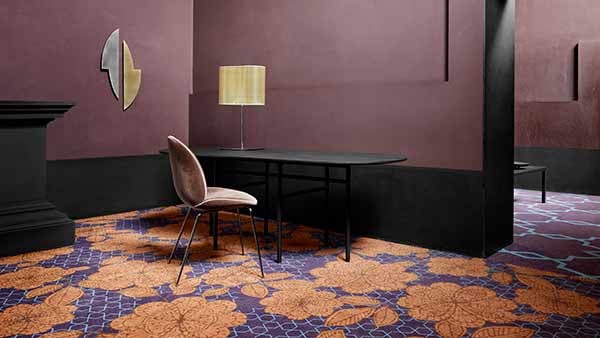
Of course, each hospitality project is different. In a five-star hotel or expensive restaurant, for example, a high-quality, custom designed wall-to-wall carpet is probably your best bet. For a more casual space, a custom design might not be necessary.
For a restricted budget or more casual hospitality space, ie a bistro, pub, or club, the Highline concept offers 2,000+ ready-to-produce wall-to-wall carpet designs from the Express Collections.
For a bit more exclusivity, our designer collections - in collaboration with renowned designers, such as M. Christian Lacroix and Tom Dixon - could offer a great solution.
Get inspiration from some of our
Designing wall-to-wall carpets for offices can be tricky. A top priority, of course, is creating an attractive acoustic environment. This is especially important in open office plans, where excessive noise can impede productivity. For many offices, though, designers are going beyond the functional and are even using wall-to-wall carpeting to increase brand awareness - as a means to increase morale and align goals.
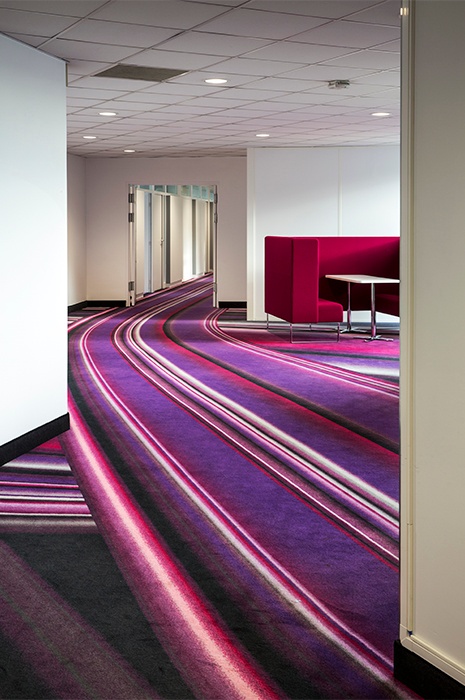
Further, wall-to-wall carpets for offices can be used as a cue to employees on how

Ege Carpets’ Epoca concept is a great wall-to-wall carpet solution for modern office design. Highly durable and deeply rooted in Scandinavian minimalism, the concept offers a wide selection of standard
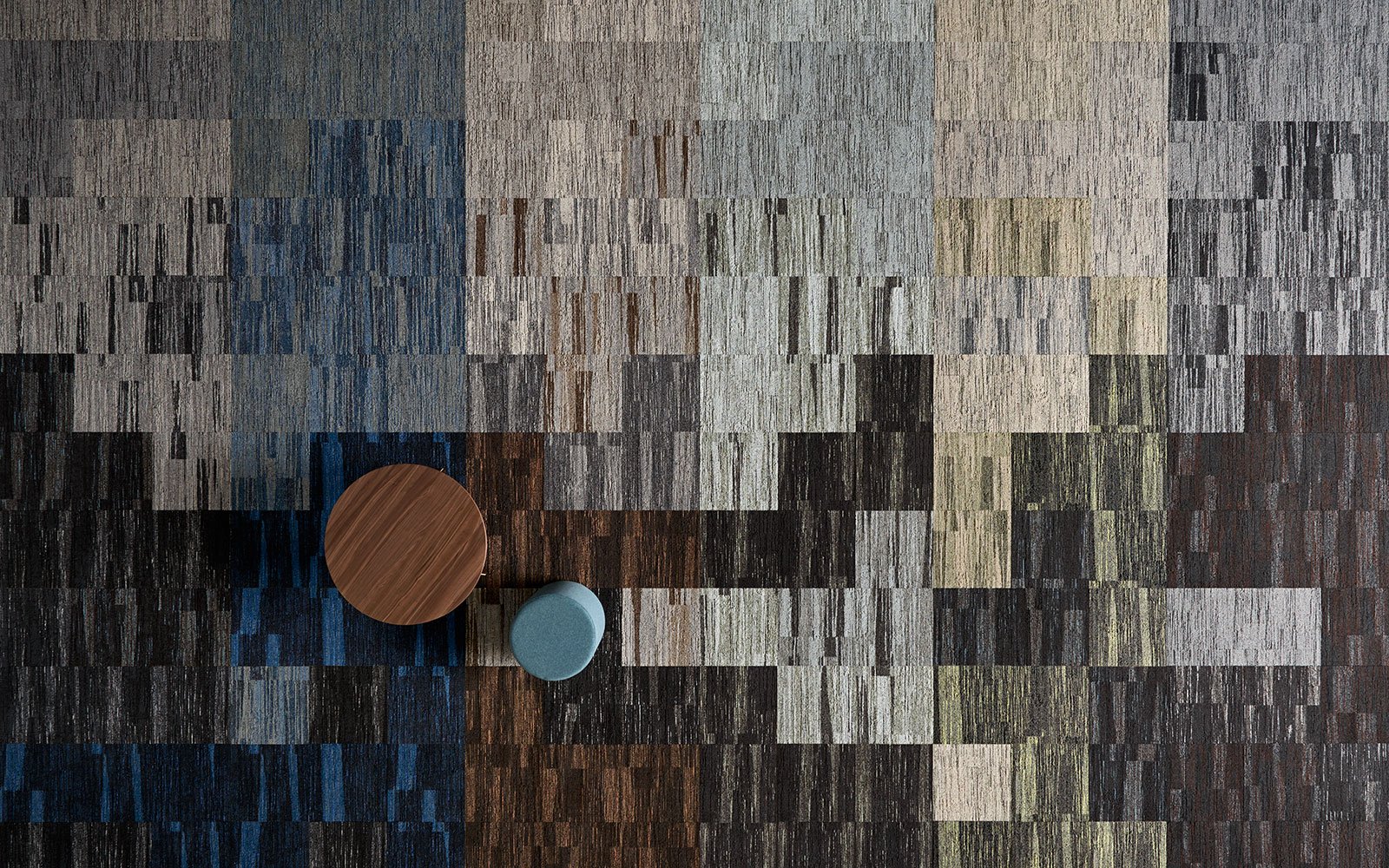
An alternative option is E
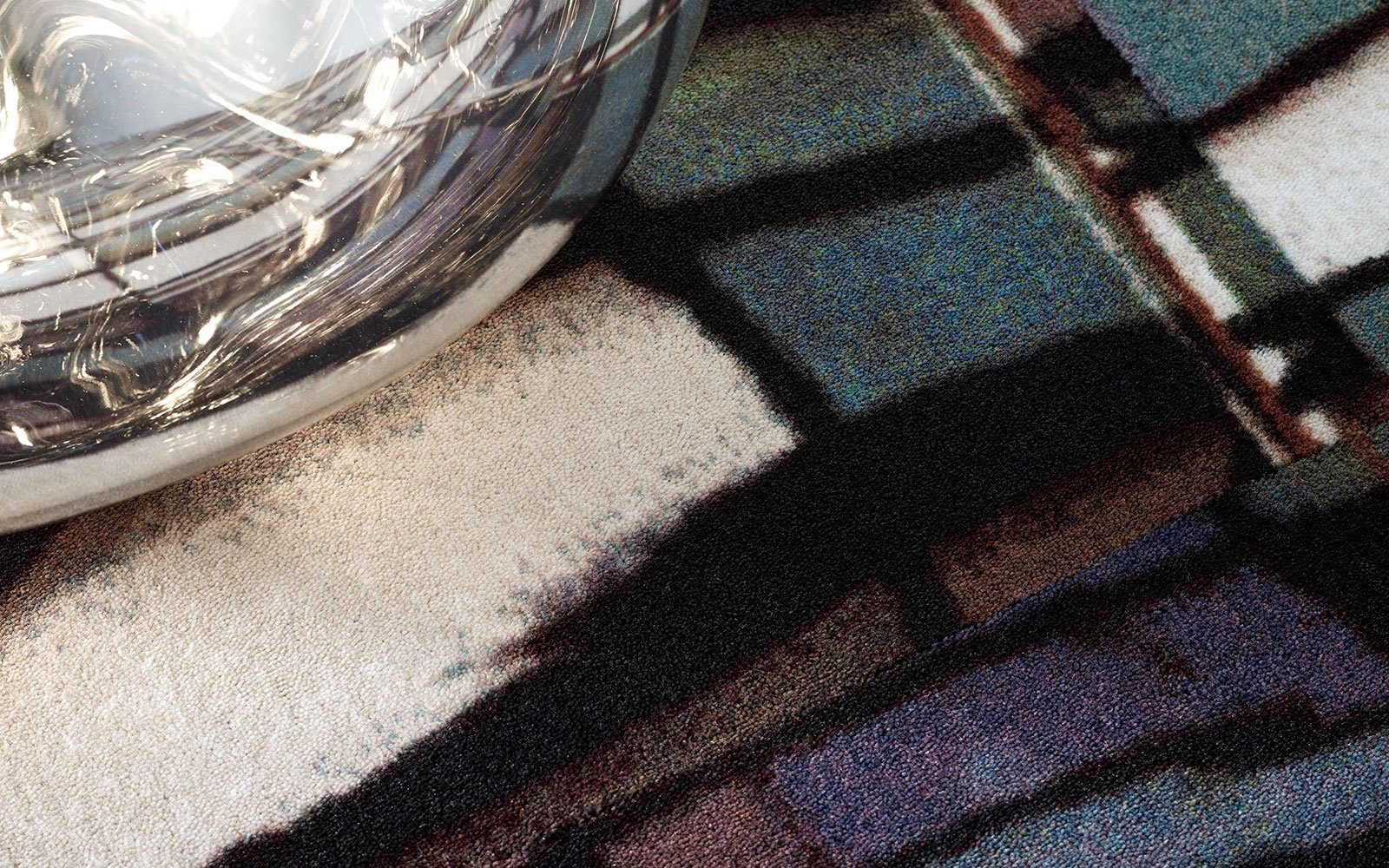
Get some ideas for your project from the office carpets section of the Urge to Explore Space Blog. For more information on how to select and design a carpet for your office project, check out our comprehensive guide on office carpets.
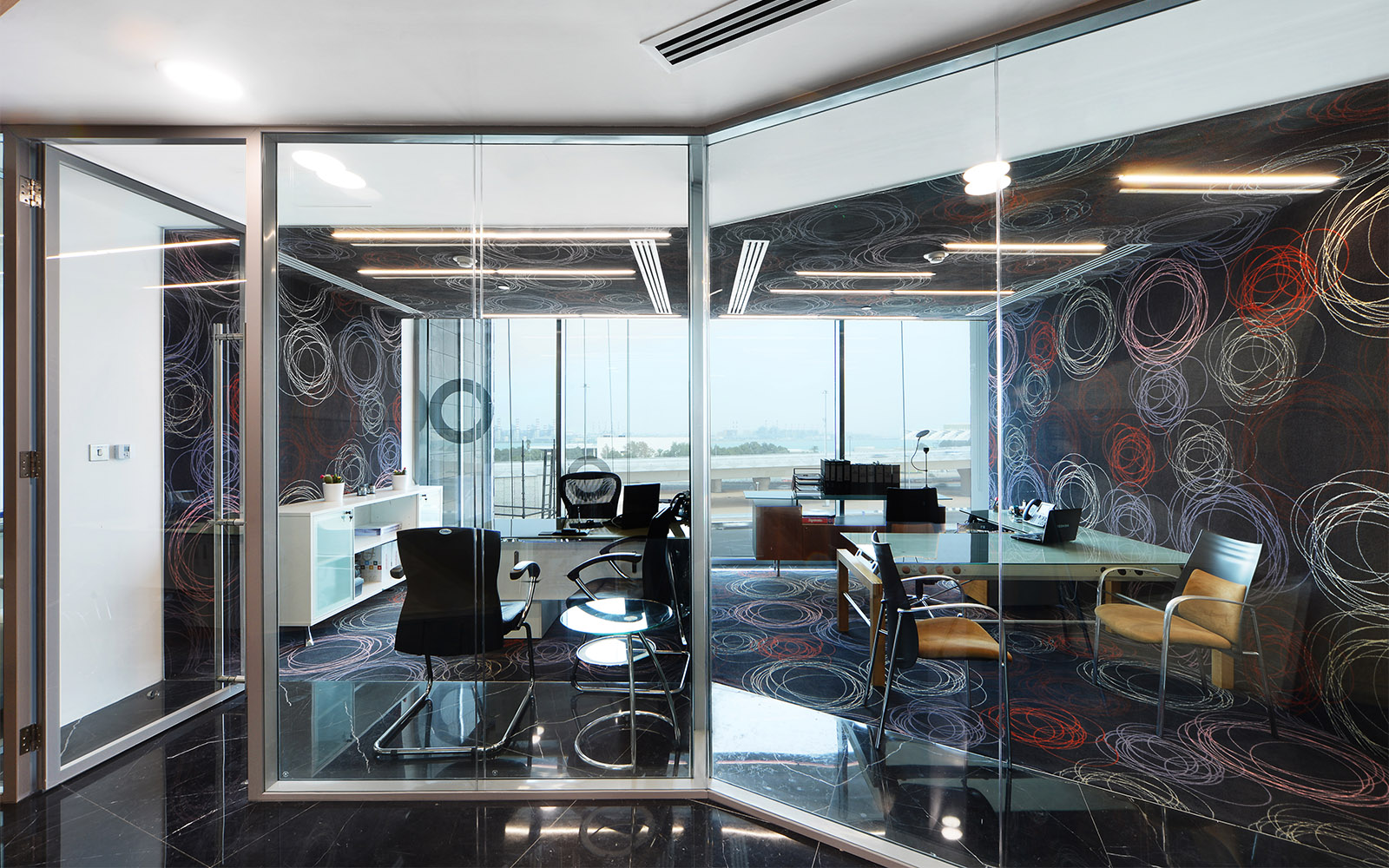
So now you understand the properties you require of your wall-to-wall carpet, but how do you know how different carpets measure up? You’ll want to look to the certifications and classifications your carpet of choice holds to ensure it’s up to proper standards. Let’s take a look at the ones that’ll likely be most relevant to you:
EN 1307 is a European standard that rates a carpet’s long-term appearance retention. Carpets certified in accordance with EN 1307 undergo a test to



To be certified in accordance with ISO 10361, a carpet will undergo the Vettermann Drum test, which rates a carpet based on the amount it changes due to heavy foot traffic. The test provides results on a 1-5 scale, with 1 being a heavy change and 5 providing no change.





For a more in-depth look at carpet compliance, see our article, “Understanding Properties, Certificates and Classifications.” If you question whether the carpet you’ve selected is in compliance with local laws, or if you want more information about it, please don’t hesitate to contact us. We’re happy to assist
With new knowledge about carpet types, properties, the parameters that affect your specific project and how to ensure they’re tended to, it’s time for you to get some wall-to-wall carpet design inspiration. With all the impressive wall-to-wall carpets designs out there, we have a feeling this won’t be a problem.
Wall-to-wall carpets have experienced a resurgence in popularity. Designers are using carpets as the anchor of their design, building out around it. While hard surfaces were once a must for high-end design, we see more and more that designers are trading in wall-to-wall carpeting for the
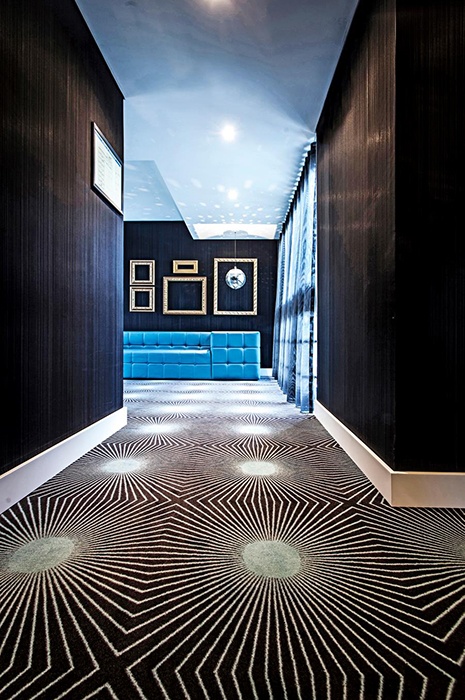
Want to make your project pop? Or just want more wall-to-wall carpet design inspiration? Check out three wall-to-wall carpet trends that are changing the way designers use carpet and four new design trends to watch for. If you’re feeling really creative, check out these unexpected ways to use carpet.
You now have all the information on hand to pick out a great wall-to-wall carpet that fits your needs. You may even have a specific carpet in mind already, but what do you need to do before you’re ready for installation?
This next section will walk you through the steps you should take from before you place your wall-to-wall carpet order, through preparing for the installation. Keep in mind, a great wall-to-wall carpet project is the result of thorough communication between project planners, suppliers, clients and floor fitters.
Fret not, though, we can assist no matter where you are in the journey. From general questions to custom design ideas, don’t hesitate to contact us.
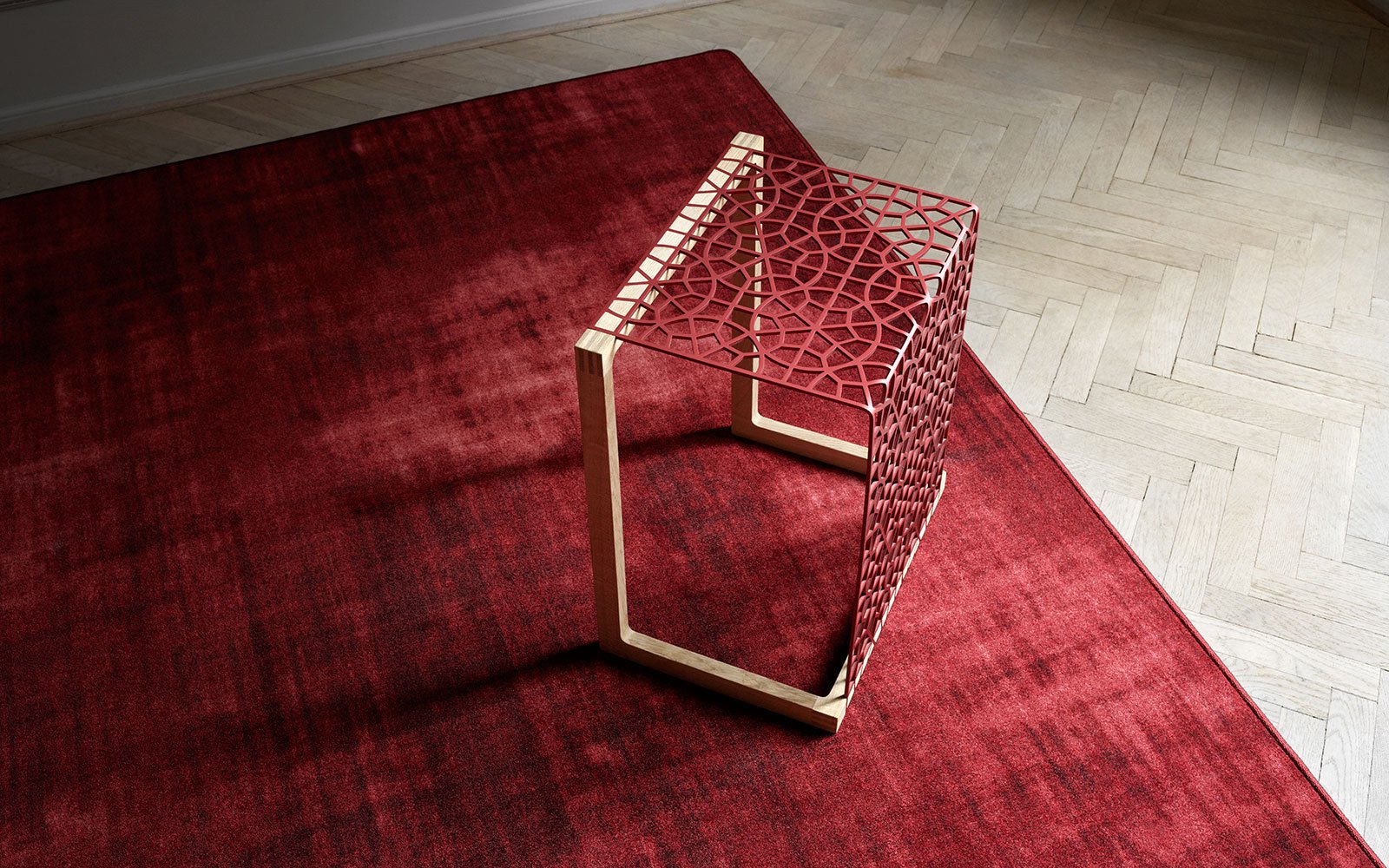
Before you place an order, get a feel for what the carpet and design you have in mind will look like in context. Wall-to-wall carpets look different, depending on the lighting condition. Make sure you grab a free wall-to-wall carpet sample and take it with you on location. Keep in mind, the sample should be made in the same quality and weight as is specified for the final carpet - this will give you the best indication of what the final product will look like.
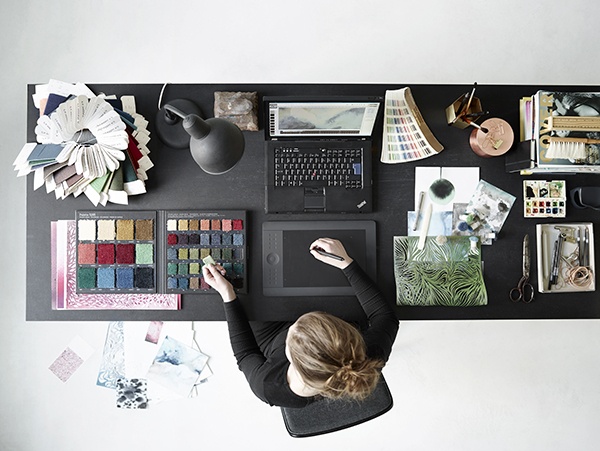
Before you make your final selection, check out our guide “The Main Problems You Will Face With Carpets – and How to Overcome Them,” to double check that your carpet selection is the right choice for you, both practically and logistically.
As important as your carpet selection is the wall-to-wall carpet backing you select to go with it. The carpet backing you select dramatically affects the underfoot feel, acoustic properties
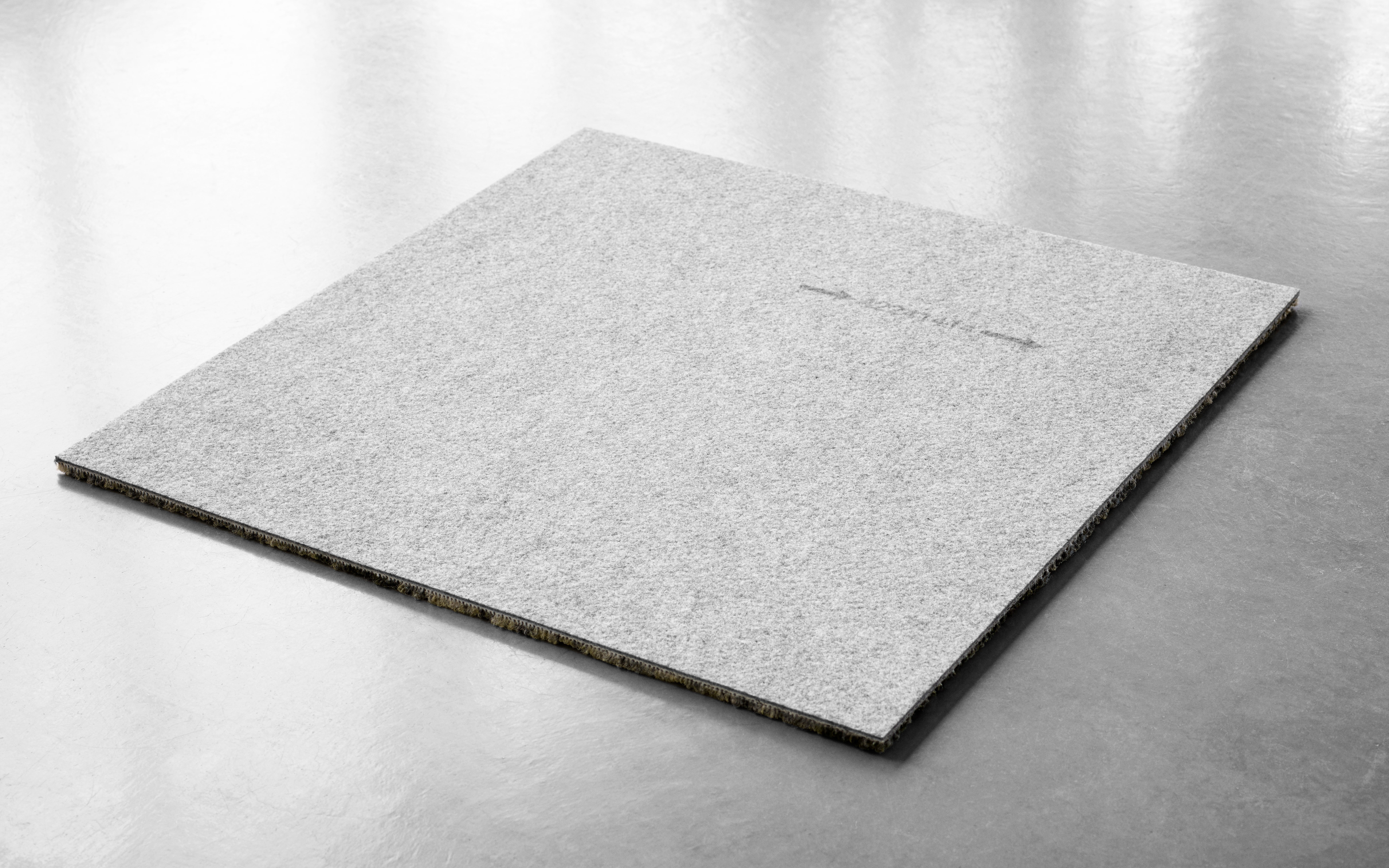
Before you get started, you’ll need to have a plan of action. Mistakes can be expensive. This is particularly true with wall-to-wall carpets, where seam placement and direction are imperative for good results. To avoid costly mistakes, we suggest that you prepare a detailed carpet placement plan and have your carpet supplier check it to make sure specifications are accurate.
Before your carpet is delivered, be sure you’re ready. Being unprepared can cause unexpected delays and we all know, delays are costly. There are two important questions you need to remember to ask your supplier: whether your wall-to-wall carpet needs to settle flat for 24 hours before installation and whether you’ll need to air the space out for 48 hours afterward.
We can’t stress this enough, a hiccup-free installation depends on thorough communication and a clear plan. For best results, use our carpet installation checklist to make sure your installation is carried out on time and on budget.
The key to a carpet your client will remain happy with for years to come is a clear wall-to-wall carpet maintenance plan. A good maintenance plan involves finding potential problem areas - areas likely to be exposed to the most soiling - and making a plan to maintain these areas. The most important areas to address are:
Addressing problem areas can be as simple as using mats or choosing stain-masking
There are a number of factors that can impact the price of wall-to-wall carpets: carpet construction, type of
To ensure that you, your client and your carpet fitter keep prices and waste to a minimum, we urge you to take a look at our guide, “How to Run a Profitable Carpet Project.”
Reach out to us for assistance with your wall-to-wall carpet project. No matter where you are in the process - from idea to unique carpet solution- we’re here to help!
Design inspiration delivered straight to you